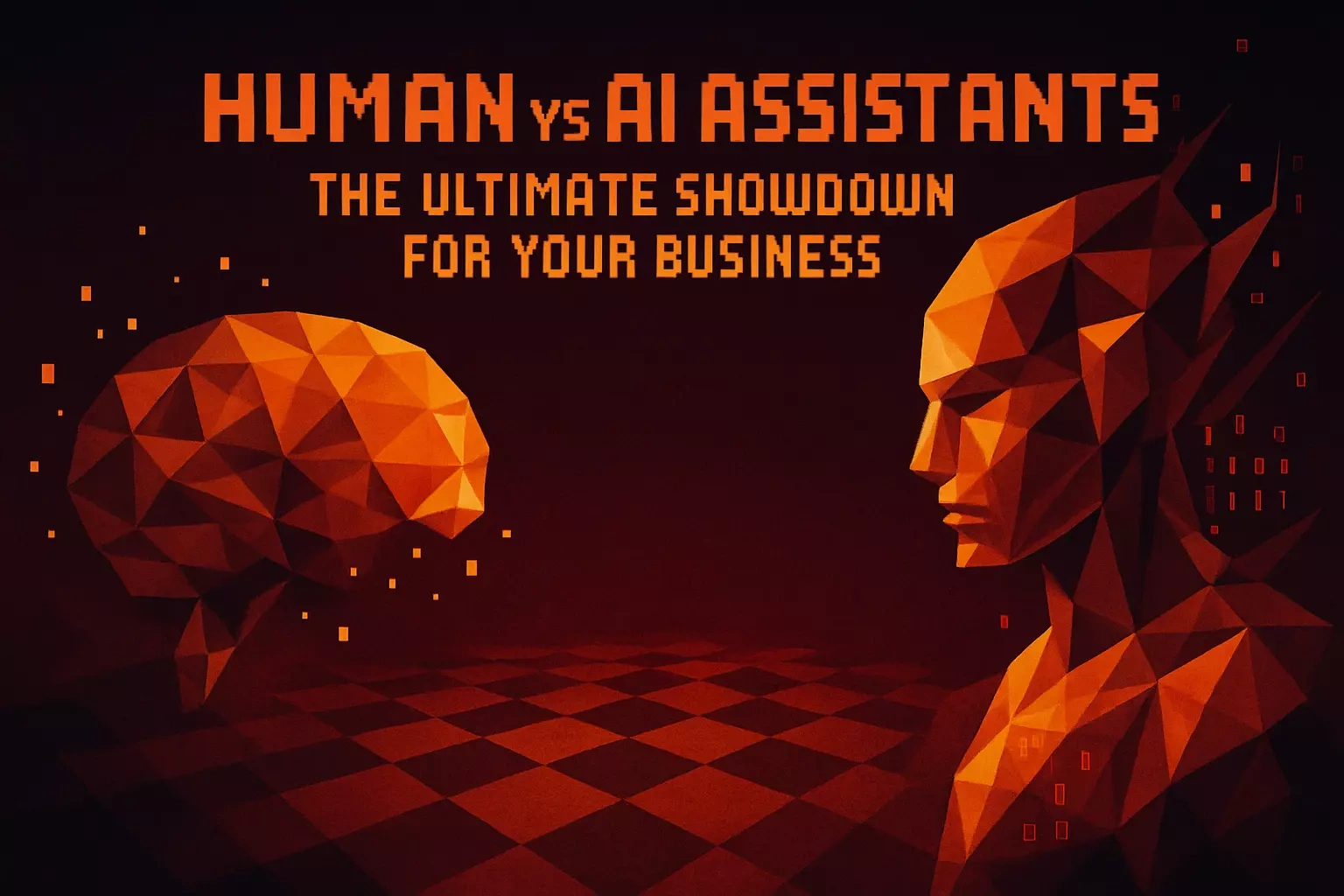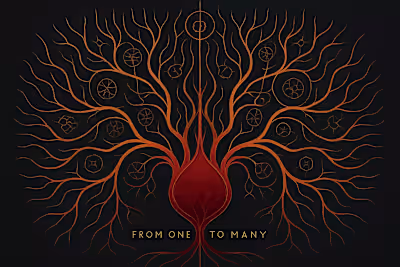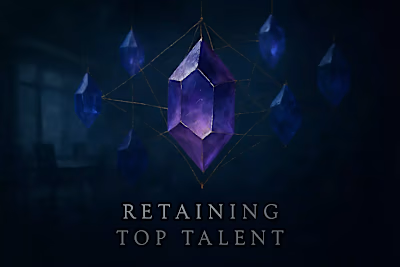Human vs. AI Assistants: The Ultimate Showdown for Your Business

Human vs. AI Assistants: The Ultimate Showdown for Your Business
Understanding the Role of a Human Virtual Assistant
Key Strengths: Beyond the Basics
Common Tasks That Demand a Human Touch
The Rise of the AI Assistant
Key Strengths: Speed, Scale, and Availability
Common Tasks Perfect for AI Automation
Head-to-Head Comparison: Key Decision Factors
Cost Analysis: Human Expertise vs. AI Subscription
Task Complexity: Strategic vs. Repetitive
Scalability and Flexibility
Emotional Intelligence and Customer Experience
The Hybrid Approach: The Future of Assistance
References
Human vs. AI Assistants: The Ultimate Showdown for Your Business
Understanding the Role of a Human Virtual Assistant
Key Strengths: Beyond the Basics
Common Tasks That Demand a Human Touch
The Rise of the AI Assistant
Key Strengths: Speed, Scale, and Availability
Common Tasks Perfect for AI Automation
Head-to-Head Comparison: Key Decision Factors
Cost Analysis: Human Expertise vs. AI Subscription
Task Complexity: Strategic vs. Repetitive
Scalability and Flexibility
Emotional Intelligence and Customer Experience
The Hybrid Approach: The Future of Assistance
References
Posted Jun 30, 2025
Can't decide between a human touch and AI efficiency? This guide breaks down the pros and cons of human vs. AI assistants to help you choose the perfect fit for your business needs.










